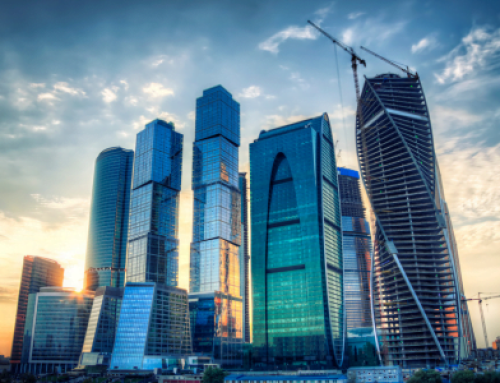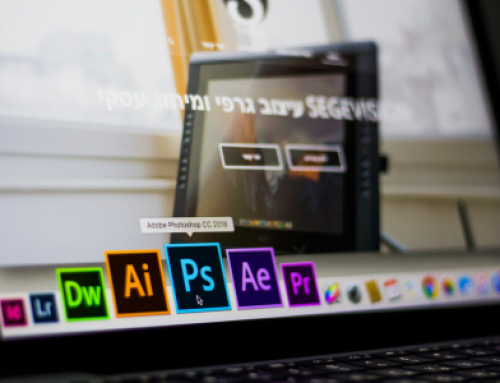Introduction
Understanding Image Noise and Its Impact on Photos
Tools and Techniques for Noise Reduction
The Role of Noise Reduction in Professional Photography
Choosing Noise Reduction Services
Conclusion
Introduction
In the quest for capturing the perfect shot, photographers often face a ubiquitous enemy – image noise. This digital graininess can often mask details and reduce the clarity of your photographs. The good news is that with the right knowledge and tools, noise can be effectively managed and reduced. In this article, we will explore what image noise is, its impact on photos, the tools and techniques for noise reduction, its role in professional photography, and how to choose noise reduction services.
Understanding Image Noise and Its Impact on Photos
Image noise is the visual distortion that appears as random grains or speckles over an image. It’s akin to the static you would see on old televisions. Noise mainly occurs due to:
- High ISO settings: Higher ISO settings amplify the camera’s sensor sensitivity but at the cost of adding noise.
- Low Light Conditions: In low light, the camera struggles to capture enough data, often resulting in noise.
- Heat: Longer exposures and increased camera sensor activity can cause it to heat up, resulting in noise.
The presence of noise in an image can lead to a loss of detail, making the image look less sharp and clear. In professional settings, where image quality is paramount, noise can be particularly detrimental.
Tools and Techniques for Noise Reduction
Tools:
- Adobe Lightroom: Known for its noise reduction capabilities, especially in the ‘Detail’ panel where you can control luminance noise and color noise.
- Topaz DeNoise AI: A dedicated noise reduction tool that uses AI to remove noise while retaining detail.
- DxO PhotoLab: Offers a highly regarded noise reduction algorithm called PRIME denoising.
- Noise Ninja: A part of the Photo Ninja suite, it’s known for its ability to remove noise without losing too much detail.
Techniques:
- Luminance and Color Noise Reduction: Use tools like Lightroom to separately tackle luminance (grayscale) noise and color noise for more precise adjustments.
- Using Masks: When reducing noise, it’s often beneficial to apply the effect selectively to avoid losing detail in parts of the image that don’t have noticeable noise.
- Smart Sharpening: After reducing noise, some details might become softer. Use smart sharpening to bring back some details.
- Shooting in RAW: Shooting in RAW gives you more flexibility in post-processing for noise reduction.
The Role of Noise Reduction in Professional Photography
In professional photography, delivering high-quality images is non-negotiable. Whether it’s for a magazine, a product catalog, or a client’s wedding photos, clarity and detail are of utmost importance. Noise reduction plays a pivotal role in achieving this, especially in challenging shooting conditions. By minimizing noise, photographers can ensure that the images not only look more appealing but also maintain a standard of professionalism that reflects their skill and the value of their work.
Choosing Noise Reduction Services
If you prefer outsourcing noise reduction or require high-volume processing, consider the following when choosing a service:
- Portfolio Analysis: Review the service’s previous work to assess if their noise reduction techniques align with your desired outcome.
- Specializations: Some services may specialize in certain types of photography. Choose one that aligns with your field (e.g., portraiture, product photography).
- Software and Techniques: Inquire about the software and techniques they use. Opt for services that use advanced tools.
- Turnaround Times and Scalability: Ensure they can handle the volume you need within your timeframe.
- Cost and Quality Balance: Evaluate the pricing in relation to the quality they offer.
Conclusion
Image noise can be the grainy bane of a photographer’s existence, but with the right tools and techniques, it’s possible to silence the noise and let your photos speak clearly. By understanding the sources of noise and using dedicated software, you can immensely improve the quality of your images. Whether you choose to master noise reduction techniques yourself or opt for professional services, effective noise reduction is an essential component in the tool belt of any serious photographer.





